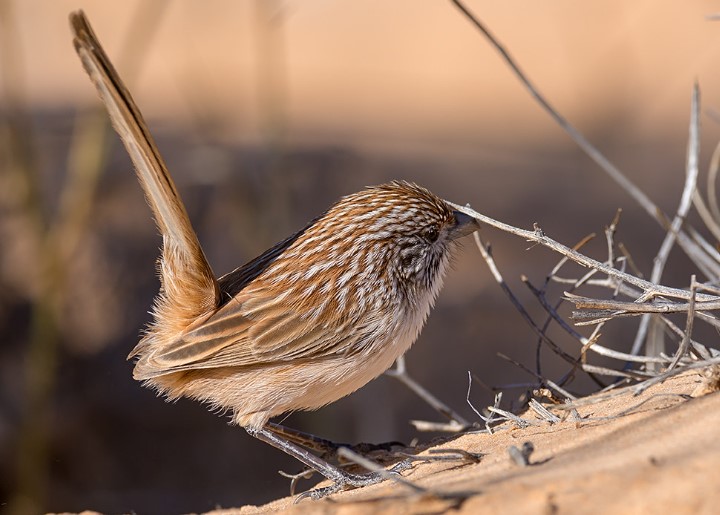VOCALIZATIONS:
Common Grackle Call is a loud, hoarse ‘chuk’ or ‘chak’, particularly in a flock calling. The common grackle song consists of a wheezing, upslurred ‘tssh-shkleet’ chewink year around. In the breeding season, the common grackle call is more complex: whew, whew, whew, gets faster and faster, and closes with a loud crewheww. Occasionally, the sound is like a power line buzzing. Moreover, this bird can mock the sounds of other birds and humans as well.
IDENTIFICATION
Common Grackle ‘Quiscalus quiscula’ is a transatlantic vagrant and suggests a large Common Starling with a long, somewhat spoon-shaped tail and a large, slightly de-curved bill. The distinctive shape makes misidentification unlikely. The adult male is glossy black all over (with a strong metallic sheen: purple on head and neck, bronze or purple on the remainder of plumage, depending on population) with striking pale yellowish eyes and a long, graduated tail.
The adult female is significantly smaller and is duller black (especially on underparts), but also has pale yellowish eyes. The young bird is drab, sooty-brown, and has dark eyes, except that it retains a distinguishing shape. Grackles are conspicuous, sociable birds of farmland and town gardens, feeding on the ground and behaving much like Common Starlings.

Several other similar icterids could occur as vagrants from North America, especially Rusty Blackbird “Euphagus carolinus”, so reference to North American field guides is essential when confronted with such a bird. Many species of African glossy starlings could suggest grackles and are not infrequent as escapes in Europe; these also need to be eliminated (consult African field guides).
SEX/AGE
Young birds attain adult female-like plumage and pale eyes by the first autumn, but first-winter females are very lacking in gloss, and in both sexes, there may be one or more retained brownish juvenile tertials that contrast with black flight feathers.
HABITAT
In the natural range, it is found in open grassland, farmland, parks, large gardens, and open woodland. Common Grackle male length is about 30–32 cm; however, female is a little shorter, 26–28 cm. They mostly occur in a wide variety of areas, such as open or partially open woodlands, alder, and cedar-dominated swamps.
Read More: Western Gerygone Song: Best Melodious Song for Bird Enthusiastic







